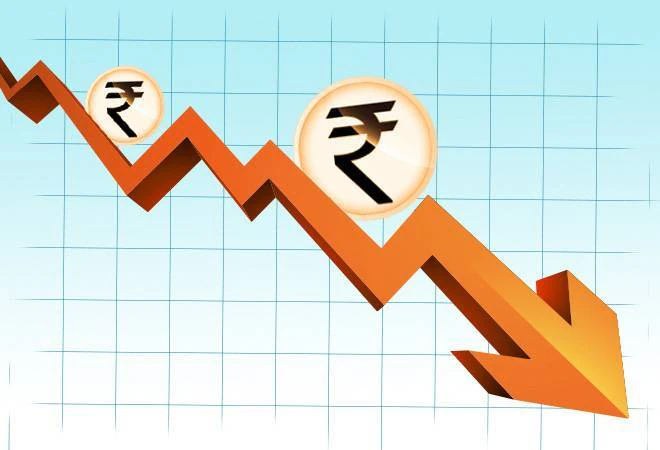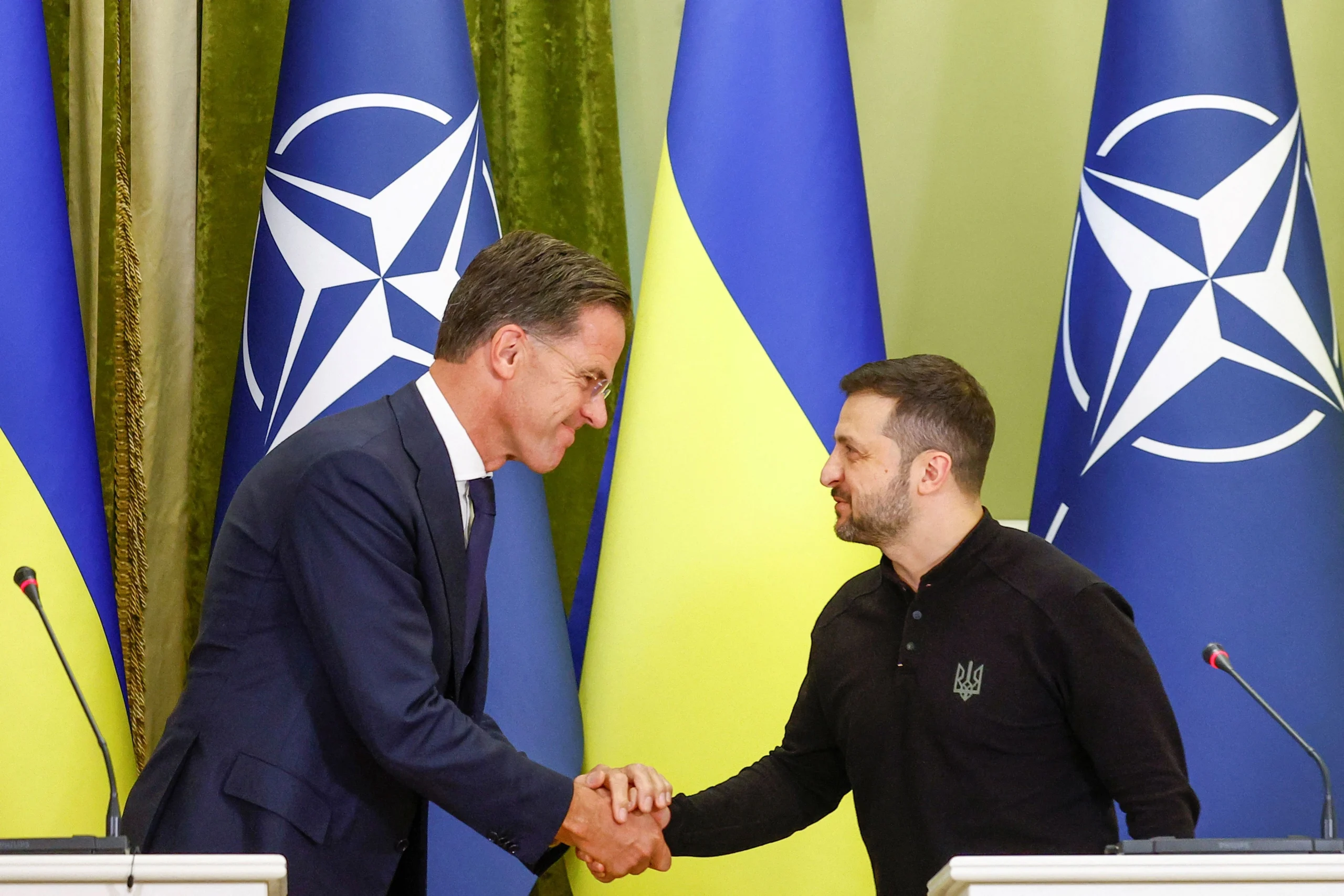India’s MSME Export Push
Context:
The Department of Commerce is considering seeking additional funds to bolster schemes supporting micro, small, and medium enterprise (MSME) exporters, as the allocated budget under the Export Promotion Mission may fall short in addressing the challenges posed by ongoing global uncertainties.
More on News
- This move is critical to India’s ambitious Ten Trillion Dollar Dream, where MSME exports are envisioned as a cornerstone of economic growth.
- In the Union Budget, Finance Minister Nirmala Sitharaman emphasised exports as a key growth engine, allocating ₹2,250 crore to the Export Promotion Mission.
- This Mission aims to enhance MSME exports, which currently contribute 45% of India’s total exports.
MSMEs Contributions
GDP Contribution: MSMEs contribute approximately 30% to India’s GDP. The MSME sector’s GVA (Gross Value Added) share in India’s GDP was 29.1% in 2021-22. Recent data from 2022-23 indicates this contribution is around 30.1%. The sector aims for a 40% contribution to GDP by 2030 through digitalisation, globalisation and innovation.
Export Contribution: MSMEs contribute 45.79% to India’s overall exports.
Employment Generation: As of July 16, 2024, MSMEs reported a total employment of 20.39 crore on the Udyam Registration Portal.
Export Promotion Mission and Its Components
- Consolidation: The Export Promotion Mission consolidates three existing schemes: the Interest Equalisation Scheme (IES), the Market Access Initiative (MAI), and support for lab-grown diamonds.
- These schemes aim to provide financial assistance, market access, and sector-specific support to MSME exporters.
- For instance, the IES alone is expected to cost ₹2,482 crore in the current financial year (FY25), while the MAI requires ₹200 crore.
- However, no fresh allocations have been made for these schemes in FY26, raising concerns about their sustainability.
- Collaboration: The Mission also mandates collaboration between the Ministries of MSME, Commerce, and Finance to facilitate higher export credit, cross-border factoring, and support to tackle non-tariff barriers in overseas markets.
- Inter-ministerial consultations are currently underway to finalise the contours of the scheme, which will later seek approval from the Union Cabinet.
Ten Trillion Dollar Dream and MSME Exports
- India’s Ten Trillion Dollar Dream envisions the country becoming a global economic powerhouse, with MSMEs playing a pivotal role.
- MSMEs are not only significant contributors to India’s GDP but also major employment generators.
- By boosting MSME exports, India aims to diversify its export basket, reduce dependency on traditional markets, and tap into emerging opportunities in sectors like textiles, handicrafts, engineering goods, and pharmaceuticals—goods that MSMEs predominantly export.
- The Jaipur Plan of Action, adopted during the 2014 WTO Ministerial Conference, underscores the importance of addressing trade barriers and enhancing market access for MSMEs.
- This plan aligns with India’s current efforts to support MSME exporters in navigating non-tariff barriers and accessing global markets.
- By integrating the principles of the Jaipur Plan into its export promotion strategies, India can create a more enabling environment for MSMEs to thrive internationally.
Goods Exported by MSMEs in India
- Textiles and Apparel: India’s textile sector, driven by MSMEs, is one of the largest contributors to export earnings, with products like cotton garments, silk, and handicrafts being in high demand globally.
- Engineering Goods: MSMEs play a crucial role in exporting engineering products such as auto components, machinery, and tools.
- Pharmaceuticals: Indian MSMEs are key players in the export of generic drugs, vaccines, and medical devices.
- Handicrafts and Artisanal Products: Items like handmade jewelry, carpets, and traditional artifacts are highly sought after in international markets.
- Processed Foods and Agri-products: MSMEs contribute significantly to the export of spices, tea, coffee, and processed foods.
Addressing Collateral Challenges and Promoting Factoring Services
- One of the major hurdles faced by MSME exporters is access to collateral-free credit.
- Surveys reveal that four out of five MSMEs struggle with collateral-related issues, limiting their ability to secure loans.
- To address this, the government is designing new support schemes that focus on providing collateral-free loans to small exporters.
- Additionally, the government plans to promote export factoring services, a globally popular financing instrument that remains underutilised in India due to high costs, including elevated interest rates and risk premiums.
- By reducing reliance on traditional banking channels, factoring services can provide MSMEs with quicker access to working capital, enabling them to fulfill export orders more efficiently.
While the Export Promotion Mission is a step in the right direction, its success hinges on adequate funding and effective implementation. The government must ensure that the allocated ₹2,250 crore is supplemented if necessary, to meet the growing needs of MSME exporters.


